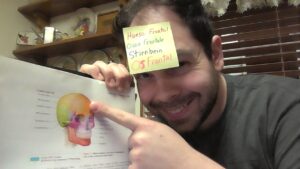In “A Raisin In The Sun”, Lorraine Hansberry sets the stage in a way for us to expect our characters to be in a spot of hardship, feeling stuck, and left wanting more. The description of the Younger’s apartment shows that this family is treading water at best, both economically and emotionally; despite efforts to keep it up, it still manages to be a bleak and overcrowded mess. As the morning begins, we see the struggle to even get out of bed and how Travis and his father Walter must hurry to use the bathroom to get ready for school and work respectively. Ruth seems to be the driving force in the household; rallying her husband and her son to get things done, but as everyone comes to notice, she just seems “tired” of everything; almost pessimistic and certainly critical. We see Walter as bitter and possibly jealous, yet optimistic and longing for support from his family; financially and otherwise. When he berates his younger sister Beneatha, who apparently gets whatever she wants and is care-free, it is understandable. He firmly believes that with this investment in the liquor store, he and his family would finally be set for success. But between his wife’s criticism, his sister’s lack of interest, and his mother’s Christianity blocking the investment, he feels unsupported by his own people. Beneatha is introduced as impatient, annoyed, and looking for identity; this is shown to us as the other characters chastise her for not sticking with any one thing too long before she moves on to the next. It makes sense when Asagai is introduced to us, proud of his African culture and heritage, and wanting Beneatha to feel the same, Beneatha is uncertain in her thoughts and actions. Mama is introduced to be a respectable, graceful older woman, who attempts to remind the others of what is truly important. She serves as the glue that keeps this family together as she reminds everyone that money is not as nearly as important as they make it out to be, and explains the other’s tendencies and motivations in an effort to make them all understand each other.



